Cornus 'Porlock' demonstrating
how the bracts mature to pink
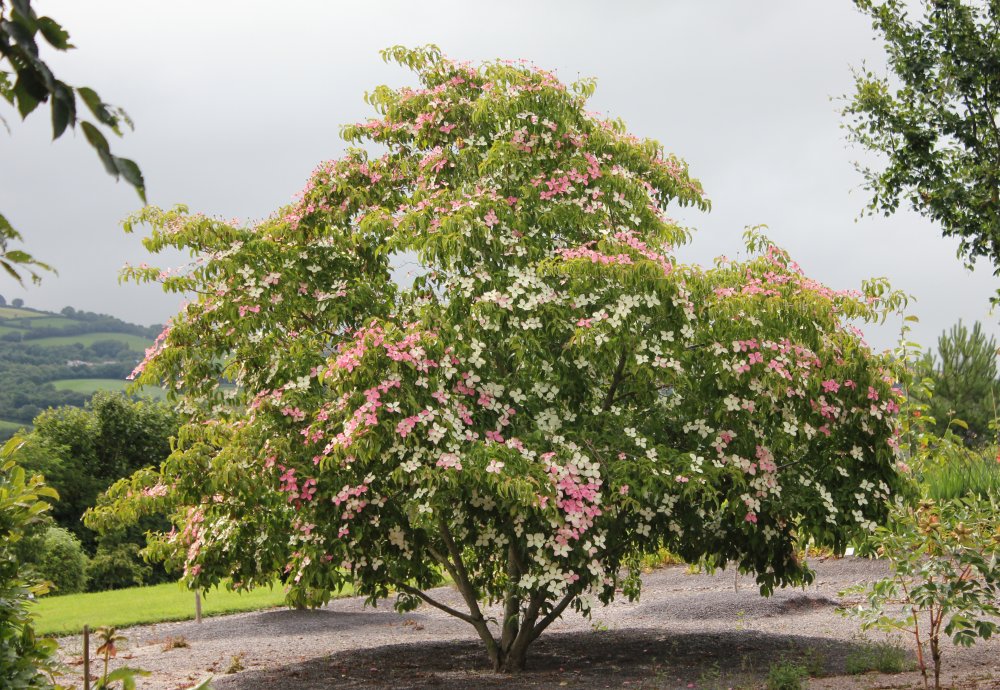
CORNUS...
last updated 19/11/2023
|
Semi-evergreens can be fabulous plants. These Cornus change colour in the autumn, typically a little more progressively than their deciduous counterparts; but then they hold those coloured leaves for much longer into the winter. Exactly how long they are held will depend on the site and the weather; they will be held for longer in a mild winter, particularly in a more sheltered position. If allowed to grow naturally, all these selections will
form multi-stemmed small trees. However, it is perfectly possible to
formative prune them when young to remove lower side growth such that
they develop a more "tree-like" form. This can consist of
significant pruning across multiple years to achieve a clean single
trunk and discrete head. Another option that is one that I enjoy very
much is to allow it to develop its natural multi-stemmed structure, but
to then remove the twiggy side growth off the lower trunks, as that then
enables the structure to be enjoyed. There is no "right"
or "wrong" way to grow them - I'm a great believer that what
is "right" in this respect is what gives you most pleasure.
Indeed my preference varies according to how a particular specimen fits
into the landscape and what else is growing around it. |
|
Cornus 'Porlock' demonstrating
how the bracts mature to pink |
|
|
|||
|
|||
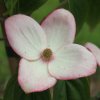
|
Cornus
'Blooming
Merry Tetra' Given that this one also boasts pink bracts and wonderful autumn colours, to be honest, I'm not yet certain what sets this one apart from 'Blooming Pink Tetra'. I will be interested to see them develop in close proximity enabling me to compare them and understand their individual characteristics. |
||
|
|
|||
|
|
Cornus
'Blooming Pink Tetra' As the name implies, this cultivar has pink flushed bracts. Gorgeous autumn foliage colours include strong reds. |
||
|
|
|||
.jpg)
|
Cornus
'Blooming
White Tetra' White bracts and a fabulous autumn foliage display. All this group have outstanding autumn leaf colour, but this one is perhaps the best. It typically goes through a kaliedoscope of colour; first turning from its summer green to a rich burgundy colour, through bright red, before going orange. |
||
|
|
|||
|
|||
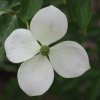 |
Cornus
'Gloria Birkett' This is a charming hybrid, subtly different to the better known C. 'Norman Hadden'. The leaves maintain a simpler green colour, with less of the bronzing seem in the other hybrids. See it in our Winter Garden. |
||
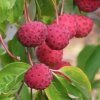 |
|||
|
|
|||
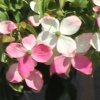
|
Cornus
'Kenwyn Clapp' This delightful plant occurred as a self sown seedling in the fabulous garden of Mr Kenwyn Clapp near Plymouth and we proposed that it should be named for him. It is probable that the parents were C. capitata and C. kousa. It is very similar in leaf shape and habit to the well known hybrid of similar parentage, C. 'Norman Hadden'. However, Cornus 'Kenwyn Clapp' has a greater degree of pink flushing through the foliage which is reflected in the pinker flower bracts, particularly as they mature. Altogether a welcome and worthy addition to a very beautiful group of small trees. See it in the Gardens here. |
||
|
|
|||
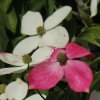
|
Cornus
'Norman Hadden' (C. kousa x C. capitata) This beautiful small tree originated in Porlock, Somerset. Our plants are derived from the original plant now at Knightshayes Court, Devon. |
||
|
|
|||
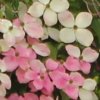
|
Cornus
'Porlock' (C. capitata x C. kousa) A sister seedling originally to the popular Cornus 'Norman Hadden', C. 'Porlock' is perhaps a touch less evergreen, so a touch quicker to loose its leaves, than C. 'Norman Hadden'. (Consider it to be one step closer to its kousa parentage.) See it in the Gardens here. |
||
|
|
|||
| Back to Previous Page |